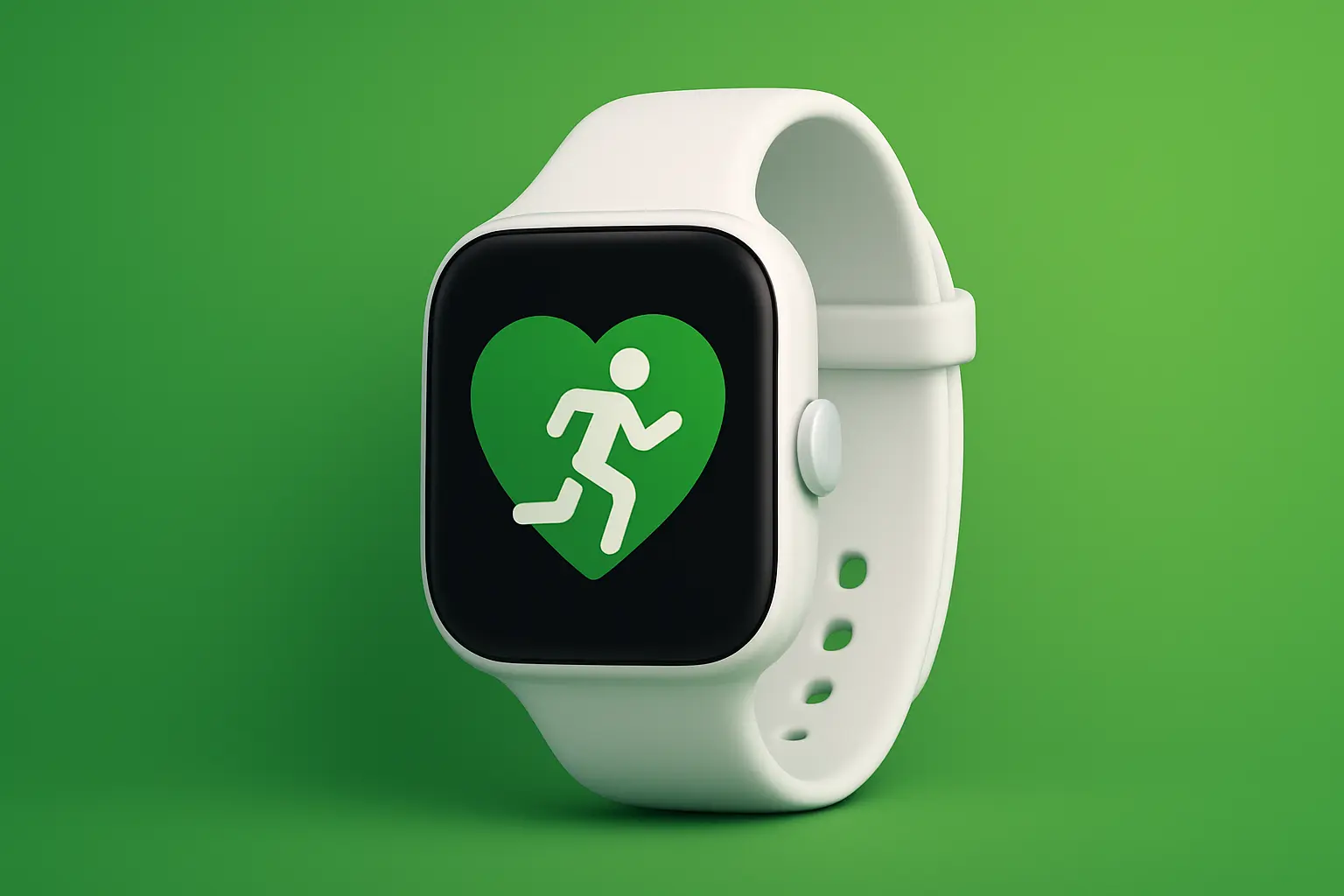Over the last decade, fitness apps have transformed from simple step counters and calorie trackers into powerful digital ecosystems that guide millions of users toward healthier lifestyles. In 2025, the fitness app market is booming, driven by artificial intelligence, integration with wearable devices, and personalized health recommendations. This evolution demonstrates how technology is no longer just supporting fitness—it is redefining how we train, recover, and take care of our bodies.
In the early days, fitness apps such as MyFitnessPal and Strava focused primarily on tracking data. Calories, heart rate, and workout duration were the main metrics, providing users with basic insights into their activity levels. While useful, these apps relied heavily on manual input, and the guidance they offered was limited to generic advice. The experience was functional but impersonal.
Fast forward to 2025, and we see a completely different landscape. Artificial intelligence has enabled apps to move beyond static recommendations to dynamic, adaptive fitness coaching. Platforms like Apple Fitness+, Strava, and Fitbod now use machine learning algorithms to analyze performance patterns, predict fatigue, and design customized training plans. According to TechCrunch, the newest generation of fitness apps are capable of adjusting a workout plan in real time depending on a user’s heart rate, sleep quality, and even stress levels measured by connected devices.
Wearable technology is central to this transformation. Devices like the Apple Watch, Garmin Forerunner, and Whoop Band provide constant streams of biometric data, from oxygen saturation and HRV (heart rate variability) to sleep cycles. Fitness apps now synchronize with these devices to create a holistic view of health. This synergy allows for more accurate recommendations that blend exercise with recovery. As The Verge notes, recovery has become just as important as performance, and apps now remind users when to rest rather than simply encouraging them to train harder.
Personalization is another defining characteristic of fitness apps today. With AI-driven recommendations, users are no longer treated as numbers in a database but as individuals with unique physiology and goals. For example, a beginner training for a 5K receives a completely different set of workouts than a professional triathlete aiming to improve VO2 max. Apps like Fitbod use strength-training algorithms that adapt weight and repetitions based on previous sessions, while platforms like Nike Training Club personalize routines for flexibility, endurance, or strength.
The integration of community and gamification has also shaped the evolution of fitness apps. Strava, for instance, has turned running and cycling into social experiences where users compete for segments, share achievements, and encourage each other. This sense of accountability and belonging has been shown to significantly improve adherence to training programs. Beyond social aspects, gamification in apps like Zombies, Run! combines fitness with immersive storytelling, making workouts engaging for people who might otherwise struggle with motivation.
Another groundbreaking development is the combination of fitness apps with mental health tools. Wellness platforms are increasingly recognizing the inseparable link between physical and mental health. Apps such as Headspace and Calmnow integrate with fitness trackers to suggest mindfulness sessions after high-intensity workouts or stressful days. Meanwhile, Apple’s ecosystem is merging fitness and wellness, offering breathing exercises and stress monitoring alongside traditional workout metrics. This holistic approach reflects a broader cultural shift: health is not just about the body, but about balance between body and mind.
The role of AI extends beyond workouts and into nutrition. Many apps now offer meal planning services that adapt to dietary preferences, allergies, and calorie goals. By analyzing a user’s activity levels, apps can suggest meal timing and macronutrient distribution to optimize recovery and performance. For instance, MyFitnessPal integrates barcode scanning and AI-driven recommendations, while more advanced platforms like Lumen use breath analysis to determine whether the body is burning fat or carbs.
Looking ahead, the next wave of fitness app evolution will likely include deeper integration with medical systems. Already, apps are sharing data with healthcare providers, enabling doctors to monitor patients remotely and adjust treatment plans. In the coming years, we may see AI-driven fitness platforms acting as preventive health tools, detecting early signs of conditions such as hypertension or diabetes based on daily activity and biometrics. This shift could redefine fitness apps as healthcare companions, bridging the gap between wellness and medicine.
Despite the remarkable progress, challenges remain. Data privacy is one of the most pressing concerns. With fitness apps collecting vast amounts of sensitive biometric data, questions around security and ownership continue to surface. Companies are under increasing pressure to ensure transparency and to give users control over how their information is stored and shared. Another challenge is accessibility—premium subscriptions often limit advanced features, creating inequality in access to personalized fitness guidance.
In conclusion, the evolution of fitness apps reflects the larger story of how technology reshapes human behavior. What started as simple trackers are now intelligent ecosystems combining AI, wearables, nutrition, and mental health. The future promises even deeper personalization, predictive healthcare, and seamless integration with our daily routines. Fitness apps have moved beyond being optional tools; they have become essential companions in the pursuit of healthier, more balanced lives.
👉 For more insights on digital transformation in health, check our Technology section.
👉 To read evaluations of fitness apps and wearables, explore our Reviews.
